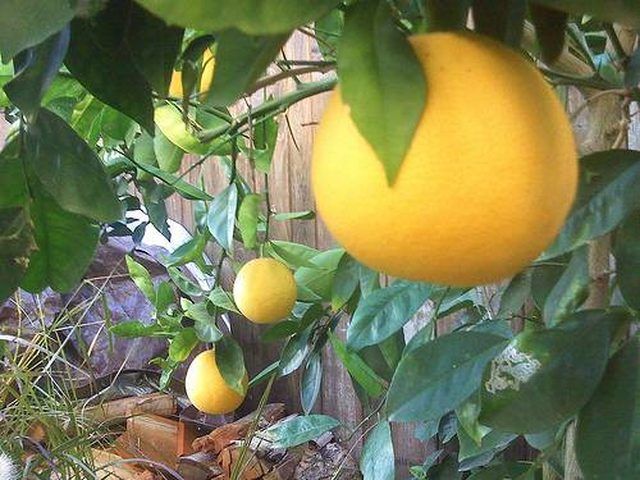Bulbs
Flower Basics
Flower Beds & Specialty Gardens
Flower Garden
Garden Furniture
Garden Gnomes
Garden Seeds
Garden Sheds
Garden Statues
Garden Tools & Supplies
Gardening Basics
Green & Organic
Groundcovers & Vines
Growing Annuals
Growing Basil
Growing Beans
Growing Berries
Growing Blueberries
Growing Cactus
Growing Corn
Growing Cotton
Growing Edibles
Growing Flowers
Growing Garlic
Growing Grapes
Growing Grass
Growing Herbs
Growing Jasmine
Growing Mint
Growing Mushrooms
Orchids
Growing Peanuts
Growing Perennials
Growing Plants
Growing Rosemary
Growing Roses
Growing Strawberries
Growing Sunflowers
Growing Thyme
Growing Tomatoes
Growing Tulips
Growing Vegetables
Herb Basics
Herb Garden
Indoor Growing
Landscaping Basics
Landscaping Patios
Landscaping Plants
Landscaping Shrubs
Landscaping Trees
Landscaping Walks & Pathways
Lawn Basics
Lawn Maintenance
Lawn Mowers
Lawn Ornaments
Lawn Planting
Lawn Tools
Outdoor Growing
Overall Landscape Planning
Pests, Weeds & Problems
Plant Basics
Rock Garden
Rose Garden
Shrubs
Soil
Specialty Gardens
Trees
Vegetable Garden
Yard Maintenance
How to Care for Navel Orange Trees
How to Care for Navel Orange Trees. Navel orange trees belong to the Citrus genus of trees, which includes grapefruit, lemon, lime and orange trees. Technically referred to as C. sinensis (sweet orange) to distinguish it from Citrus aurantium, navel oranges are distinguishable by the growth of a second orange at the base of the original fruit; the...

Navel orange trees belong to the Citrus genus of trees, which includes grapefruit, lemon, lime and orange trees. Technically referred to as C. sinensis (sweet orange) to distinguish it from Citrus aurantium, navel oranges are distinguishable by the growth of a second orange at the base of the original fruit; the second fruit resembles the navel of a person. It is possible to raise navel orange trees indoors or outdoors, depending on the climate. Navel oranges require adequate sunlight and an average temperature of around 60 to 65 degrees F.
Things You'll Need
Spray bottle
High-potash, tomato-based fertilizer
Soil-based potting mixture
5-to-6 inch pot(s)
10-inch pot(s)
Hormone-rooting powder
Standard liquid fertilizer
Garden shears
Peat moss
Potting mixture
Provide proper light. Navel orange trees need a minimum of four hours of direct sunlight per day. Bright sunlight during summer is optimal for young tree growth.
Maintain the proper temperature for your trees. Room temperature is always suitable (about 65 to 70 degrees F). In hotter temperatures and higher humidity levels, surround the base of the trees with damp pebbles or moist peat moss to keep them cool, and spray them with water occasionally. Although the navel trees can withstand short periods of time in cooler temperatures, extended periods in temperatures less than 50 degrees F will stop growth and eventually cause the tree to perish.
Water the trees. Allow about 1 inch of the top soil to dry before watering again. Actively growing, younger trees need special attention, as they soak up water more quickly; water young trees more frequently.
Feed the trees with a high-potash, tomato-type fertilizer every two weeks. During periods when light intensity may be poorer than usual, refrain from feeding until the light quality improves.
Re-pot the trees as they grow. Orange navel trees can begin to flower in 5-to-6 inch pots, but will need at least 10-inch pots to achieve full fruition. Use a soil-based potting mixture to re-pot the plants once flower-growth is visible. If fruit growth begins and your intuition says the trees need a larger pot, re-pot into a larger container until the maximum size is achieved. An annual topdressing of potting mixture will suffice thereafter.
Propagate the trees. Propagation is the process of using stem cuttings or seedlings from existing trees to cultivate new trees. Place a 3-to-6 inch long stem cutting in hormone-rooting powder and plant it in a small pot of half peat moss, half coarse sand. Put the potted cutting into a plastic bag and place in room temperature in medium light. In six to eight weeks, rooting will take place. Remove the plastic bag and water the plant enough to keep the mixture from drying out. Fertilize monthly.
Tips & Warnings
Purchase fertilizers, rooting powders, mixtures and peat moss online, or at your local nursery or garden center.
Navel orange tree seeds germinate at four to six weeks old; the plants should only be allowed medium light (meaning partially shaded), and not direct sunlight.
Low humidity often leads to red spider mites and other small insects on the underside of the navel tree leaves. Shorten overhang tips by two-thirds during spring.
It may take seven to ten years for seeds to develop into foliage plants that flower indoors.